A Republican stronghold in Orange County is wavering
If you grew up outside America, you probably learned about Orange County from the early aughts television show The O.C., a teen drama on the lives and loves of wealthy Orange County residents. In that case, a visit to California’s 39th (CA-39) electoral district, which includes parts of Orange County, might surprise you.
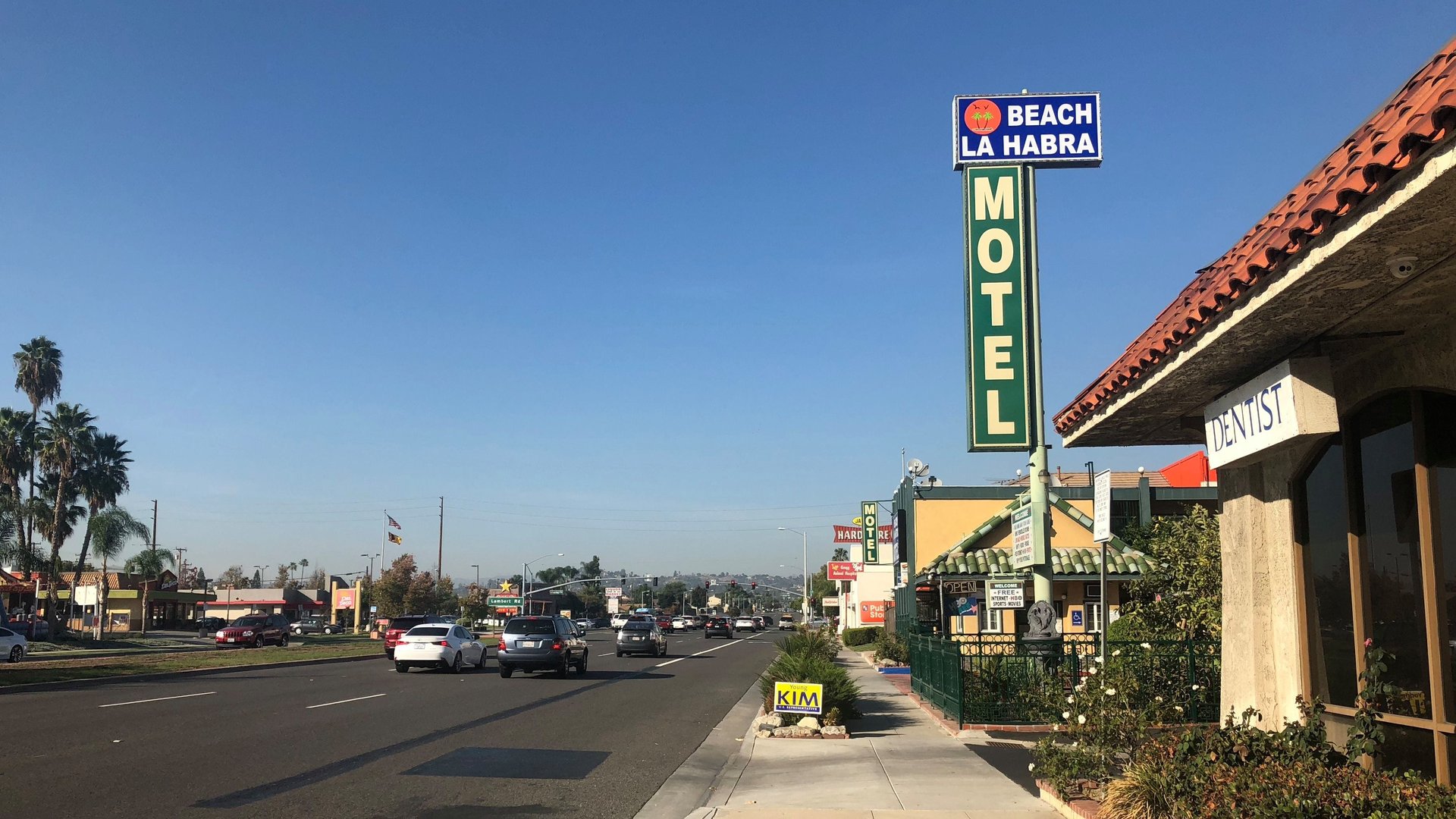

If you grew up outside America, you probably learned about Orange County from the early aughts television show The O.C., a teen drama on the lives and loves of wealthy Orange County residents. In that case, a visit to California’s 39th (CA-39) electoral district, which includes parts of Orange County, might surprise you.
For one thing, there are no big houses on the beach—in fact, the beach is pretty far away. It’s also is not so easy to meet slim, glamorous people in fancy hangout spots; strip malls and supermarkets seem to be the only locations where humans can be spotted out of their cars. And the ethnic mix is a far cry from The OC’s all-white cast: With a population that’s 28.5% Asian, 31.6% Hispanic, and 34.1% white, the 39th district is one of America’s most diverse.

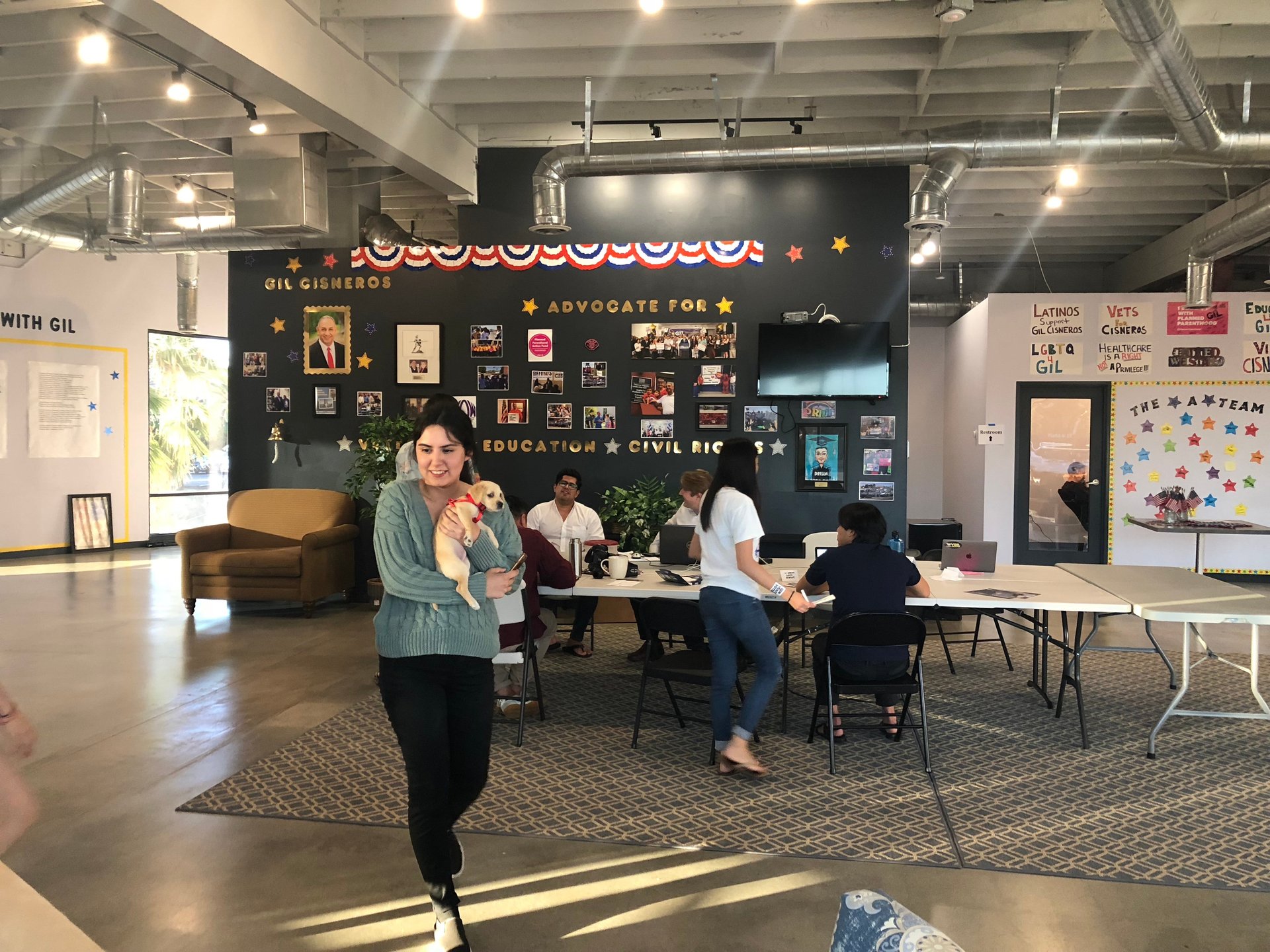
In The OC, the show’s leading family is an liberal outlier in a conservative community—and that has rung true until now. Since 1993, the district’s Congressional representative has been Ed Royce, a Republican who is not seeking reelection this year. But in 2016, the district’s traditionally Republican voters loudly rejected Donald Trump, favoring Democrat Hillary Clinton by 8%. This year, a Democratic candidate leads the race for Royce’s seat.
The race is one of dozens that could end up flipping the House in Democrats’ favor. It’s also an example of how Democrats are capitalizing on a national political standoff by emphasizing values, while Republican candidates work to keep voters focused on local issues.
The players: Gil Cisneros and Young Kim
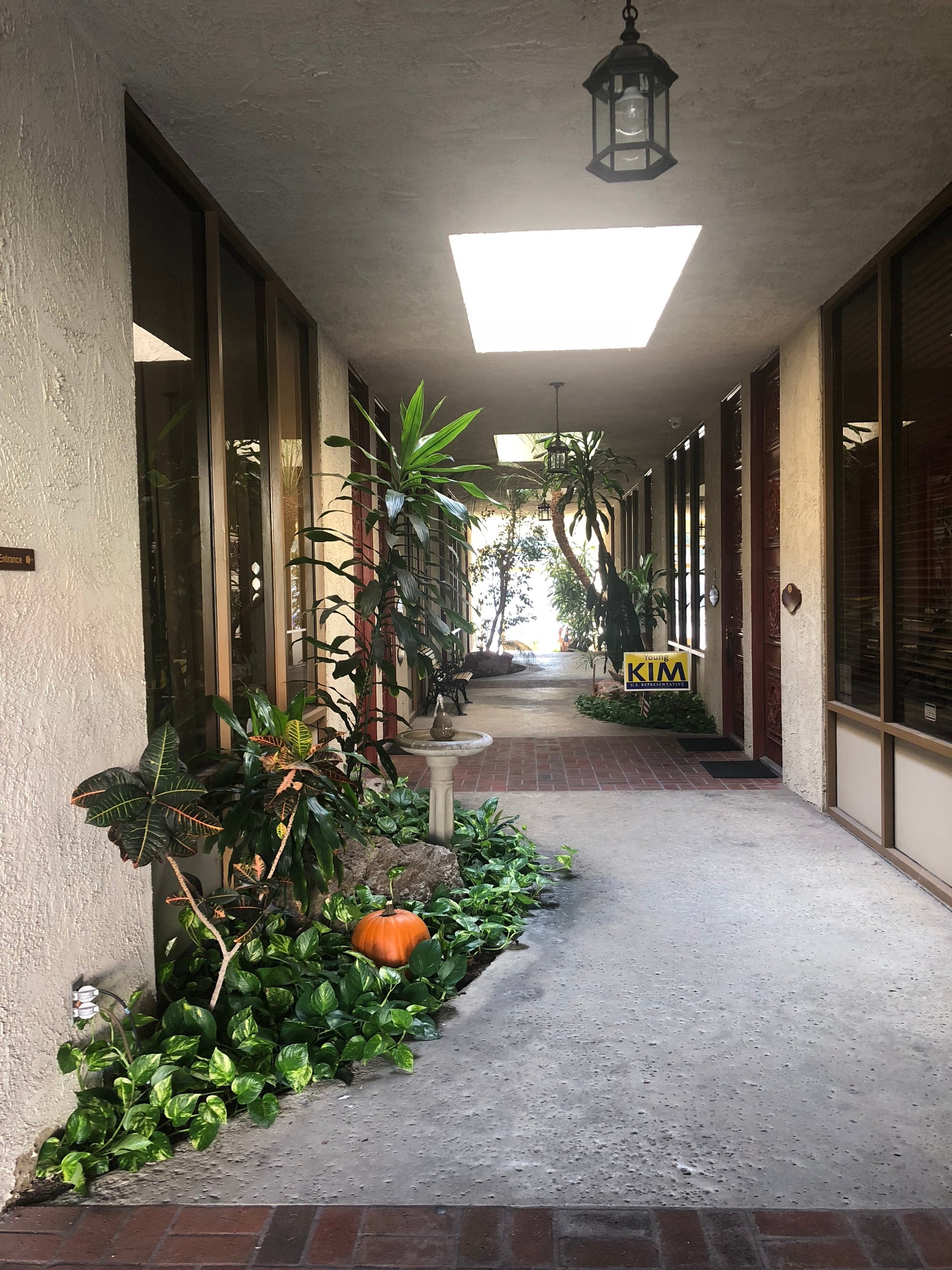
This year, Royce’s successor on the Republican ticket is Young Kim (56), who could become the first Korean-American woman ever elected to Congress. Kim worked for Ed Royce for two decades, and previously served as an assemblywoman in California. She was born in Korea and grew up in Guam before moving to the US to attend university. She identifies as a “woman of faith” and abides by conservative Christian values, opposing both abortion and same-sex marriage.
Her Democratic rival is Gil Cisneros (46), who comes from a multi-generation Mexican-American family. His path to politics was unusual: A Navy veteran, he was working as a shipping manager at Frito-Lay in 2010 when he won $266 million in a lottery (of which he cashed $165 million).

With part of the sum he set up a philanthropy supporting education for Latino communities, then decided to run for Congress after Trump’s 2016 presidential win.
Kim has styled herself as independent from the current Republican administration. Unlike the Republican primary contestant who came closest to beating her, Phil Liberatore, Kim is positioned as a bipartisan-minded candidate who is softer on immigration.
But her campaign has received plenty of help from the Congressional Leadership Fund (CLF), a Paul Ryan-aligned SuperPAC that spent over $6 million on ads attacking her opponent. Kim herself raised just above $2.5 million, of which nearly half a million dollars came from PACs.
In contrast, Cisneros self-financed nearly $9 million of his campaign budget, and raised the rest from individual donors, for a total of over $11 million. External spending against Kim was another $3.5 million, plus $1.5 million in his favor. All told, his 1% lead has been rather expensive.
The issues in CA-39
CA-39 cares about low taxes (the cost of living in Southern California is high), veteran benefits (veterans make up 5.3% of estimated eligible voters), and infrastructure (two major expressways meet in the district, creating a traffic nightmare for residents).
Immigration is another concern: While voters on both sides of the aisle support finding a solution for DACA, providing protection for DREAMers and eventually a path to citizenship, residents say they want secure borders.
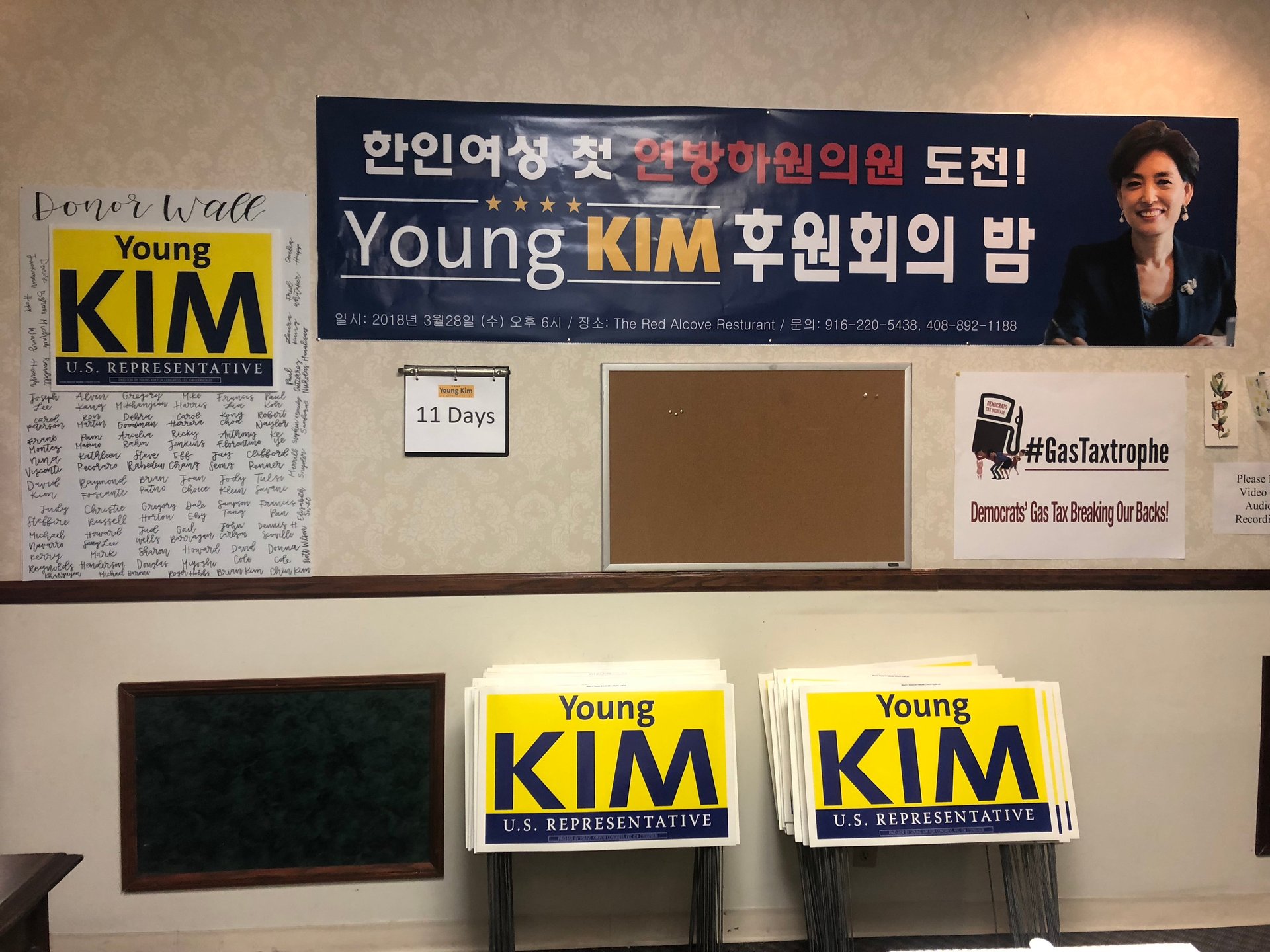
One Japanese-American resident (and registered Republican), who teaches English as a Second Language to adult students, told Quartz that she was concerned that undocumented Latin American immigrants would consume local resources. Several locals told Quartz that they feared undocumented immigrants would take up resources that would otherwise be destined for veterans, and that tighter border security would prevent that.

Local issues, national ideals
This race is a tight one. As of Oct. 23, Cisneros had an estimated 47% of votes, while Young had 46%. The website FiveThirtyEight currently gives Cisneros a 57% chance of winning.
In a political climate where extreme partisanship seems at its highest, the differences between the candidates are subtle: Kim is an insider with the district’s large Asian American minority, having helped Korean American file immigration papers for many years. Cisneros, a former Republican who changed sides in the 2008 election, has the support of local veterans. Both support small businesses, finding a solution for DACA, and reforming health care while protecting pre-existing conditions. They also both criticize partisan Washington politics.
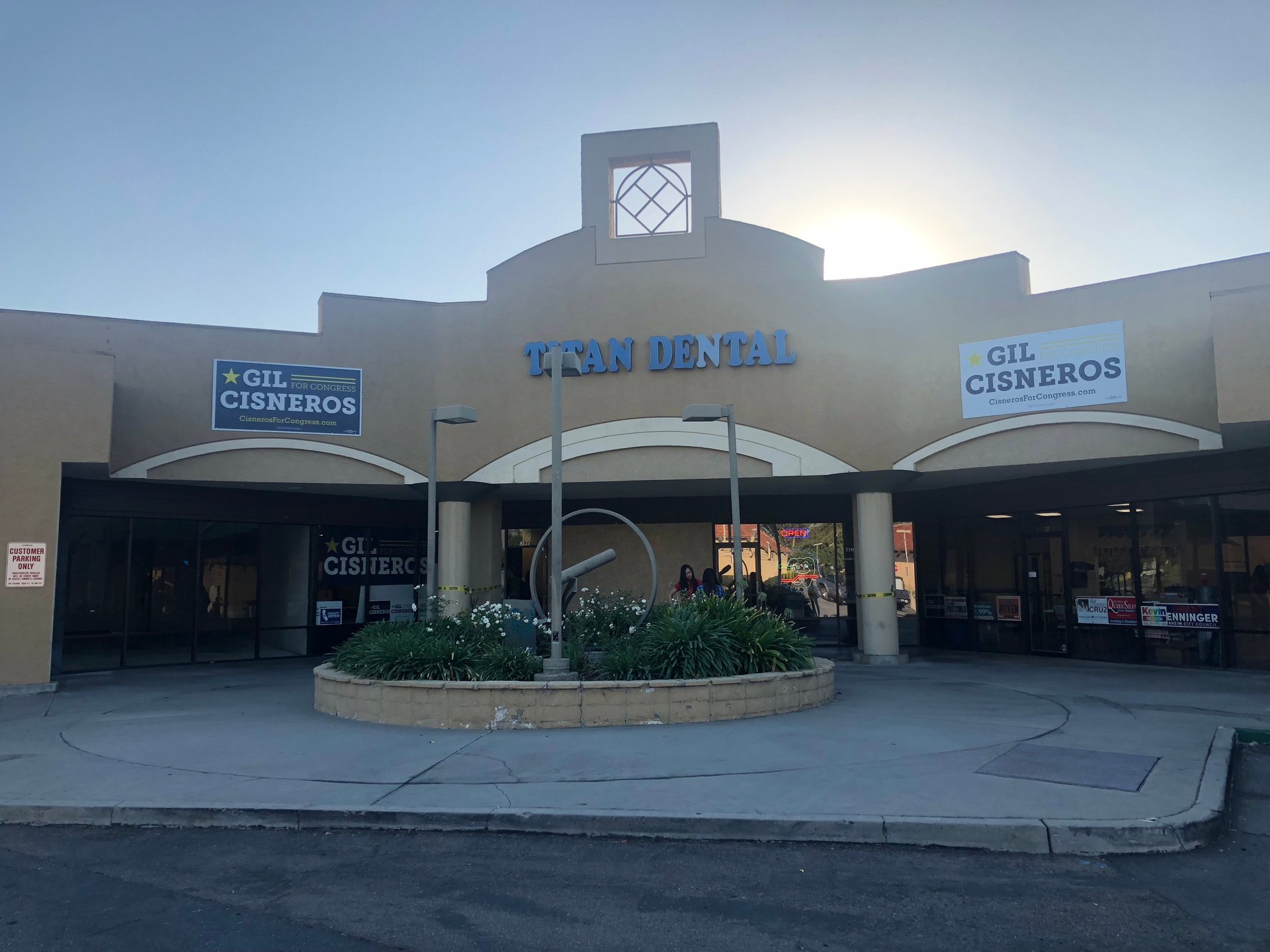

Kim’s campaign departs from the overarching midterm narrative of a clash between two different world views. She is careful to underline her independence from Donald Trump in campaign materials and staff describe her as “her own candidate,” rather than a representative of the White House, openly saying that she is not going to Washington to work for the president, but to represent her community, including pushing to repeal a fuel and car tax that has locals up in arms.
But while she hopes to win on local issues, Cisneros and his supporters are eager to remind voters of the national repercussions of the race, with talking points about protecting children from deportation, opposing White House immigration policies, and standing up to Donald Trump.